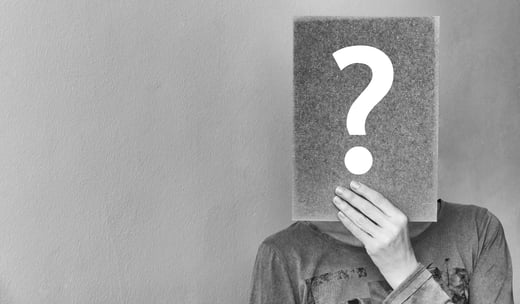6 skin cancer myths you shouldn't believe
Skin cancer is the most common cancer affecting Australians, with around 800,000 new cases diagnosed each year. Yet there are many misconceptions about skin cancer that many people continue to believe, putting them at greater risk of developing the disease. We've busted six common skin cancer myths so you can take better steps to protect your skin.

MYTH: You can't get sunburnt on windy, cloudy or cool days.
BUSTED. Sun damage is caused by ultraviolet (UV) radiation, which can't be seen or felt. UV radiation is unrelated to the sun's temperature, which we feel as heat, or its light, which we see as sunshine.
A cool or overcast day can have similar UV levels to a warm, sunny day. UV radiation can penetrate clouds, and levels can even be intensified on overcast days due to reflection off the clouds. If you get red in the face on a windy day, it's likely to be sunburn.
You can check the UV forecast every day at the Bureau of Meterology website or via the SunSmart app. UV levels of 3 or higher require you to use sun protection before going outside.
MYTH: Fake tans protect your skin from the sun.
BUSTED. Fake tanning creams don't improve your body's ability to protect itself from the sun. Some fake tans have an SPF (sun protection factor) rating, but you would probably need to re-apply it every two hours to be adequate. When wearing a fake tan, you still need to use SPF30+ sunscreen.
MYTH: Plenty of sun exposure is required to avoid vitamin D deficiency.
BUSTED. We shouldn't expose ourselves to harmful amounts of UV radiation in order to get more vitamin D. Prolonged sun exposure does not cause an increase in vitamin D levels - as there is a limit to how much your body can absorb in one day - but does increase your risk of skin cancer.
It is likely that you get enough vitamin D with just a few minutes of sun exposure while completing incidental tasks each day, like walking to the car and hanging out washing. During peak UV times (usually between 10am and 3pm on summer days), it's important to avoid going outdoors and wear extra sun protection to help reduce your risk of developing skin cancer.
Sun protection isn't generally required when UV levels are below 3. If you live in an area where UV levels are low in winter, you can help maintain your vitamin D levels by spending time outdoors in the middle of the day.
There are foods and supplements that can boost vitamin D levels without unnecessary exposure to harmful UV radiation. If you believe you are at risk of vitamin D deficiency, speak to your doctor.
MYTH: You can't get sunburnt through a window.
BUSTED. Glass doesn't protect you against UV radiation, so you can still get sunburnt when sitting in the car or beside a window. Tinted glass can help limit UV exposure but does not completely block it.
MYTH: Only tanners get skin cancer.
BUSTED. There is nothing healthy about a tan, and deliberately seeking a "summer glow" through sunbathing or solariums certainly increases your chances of getting skin cancer. But excessive UV exposure doesn't just happen to people who seek it out. In Australia, UV levels remain dangerously high throughout most of the year, especially in Queensland, the Northern Territory and Western Australia, so we can easily be exposed to high UV levels while doing everyday activities like walking the dog, playing sport, working outdoors, or gardening. Incremental sun damage like this increases your risk of developing skin cancer in the future.
MYTH: Skin cancer isn't concerning because you can see it and it's easy to treat
BUSTED. Skin cancer treatment can be much more serious than simply having a mole scraped off. Treatments can include surgery and chemotherapy, and can result in permanent scarring and disfigurement. Skin cancer can also spread to other parts of your body and be deadly; more than 2,000 Australians die each year from skin cancer.
It's important to monitor your skin for new or changing spots and consult a skin cancer doctor immediately if you notice anything different. Regular skin checks - at least once a year - are also essential for all Australians, as early detection gives the best chance of successful treatment.
